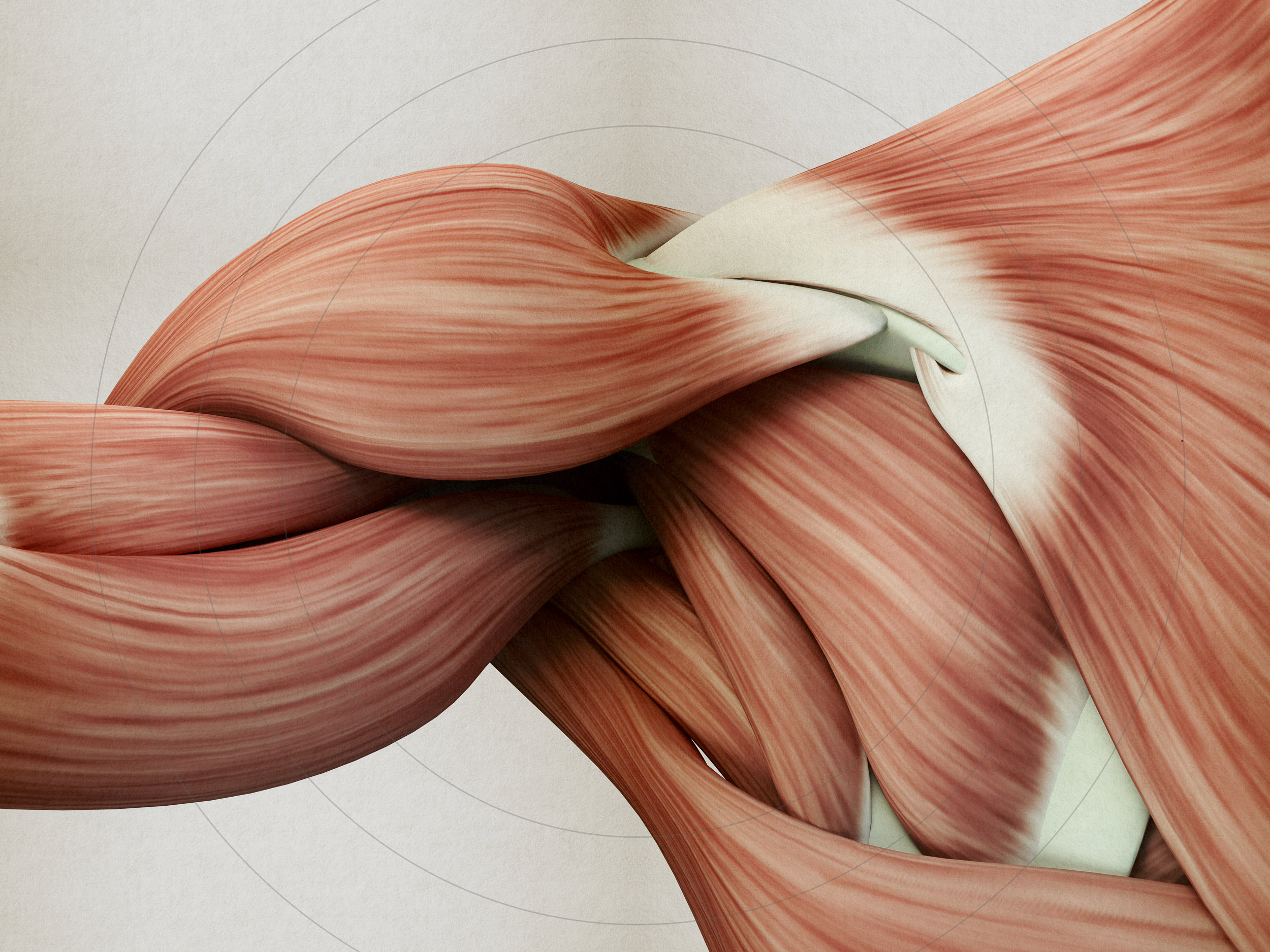
THERAPY Magazin
Positive influence of RAGT on muscle activit
A recent study shows that robot-assisted gait training boosts gastrocnemius muscle activity more effectively than conventional therapy—supporting better walking recovery after stroke. Learn more about the benefits for neurorehabilitation.

Jakob Tiebel
Health Business Consultant
Influence of robot-assisted end-effector gait training on muscle activity of the lower extremities in stroke patients compared to conventional gait training.
The rehabilitation of stroke patients is a complex challenge that requires targeted and effective therapy. In a study conducted by Naoki Tanaka from the Department of Physical Therapy of the School of Rehabilitation at the Tokyo Professional University of Health Sciences in Tokyo, Japan, the effectiveness of robot-assisted gait training (RAGT) compared to conventional gait training (CGT) was investigated in stroke patients. The study focussed on measuring muscle activity before and after the intervention and on differences in muscle activity changes between the two training methods.
A total of 30 stroke patients took part in the study, with 17 of the participants assigned to the RAGT group and 13 to the CGT group. Both groups underwent either robot-assisted gait training with a foot-pad movement interface robot or conventional gait training, each for 20 minutes and over a period of 20 sessions.
The measured results included muscle activity of the lower extremities and walking speed. The measurements were taken before the start of the intervention and at the end of the 4-week intervention.
A total of 30 stroke patients took part in the study, with 17 of the participants assigned to the RAGT group and 13 to the CGT group. Both groups underwent either robot-assisted gait training with a foot-pad movement interface robot or conventional gait training, each for 20 minutes and over a period of 20 sessions.
The measured results included muscle activity of the lower extremities and walking speed. The measurements were taken before the start of the intervention and at the end of the 4-week intervention.
The results of this study suggest that robot-assisted gait training with one type of end effector is more effective than conventional gait training, particularly in increasing muscle activity in the gastrocnemius muscle.
Analysis of the data showed that the RAGT group exhibited a significant increase in muscle activity in the gastrocnemius muscle, while the CGT group showed increased muscle activity in the rectus femoris muscle. Particularly in the terminal support phase of the gait cycle, the increase in muscle activity in the gastrocnemius muscle was significantly higher in the RAGT group compared to the CGT group.
The results of this study suggest that robot-assisted gait training with one type of end effector is more effective than conventional gait training, particularly in increasing muscle activity in the gastrocnemius muscle. This has potentially far-reaching implications for the rehabilitation of stroke patients, as targeted stimulation of specific muscles can promote functional recovery and improve walking ability. Future research and clinical applications could focus on how these findings can be integrated into individual patient care to further optimise the effectiveness of rehabilitation.
The results of this study suggest that robot-assisted gait training with one type of end effector is more effective than conventional gait training, particularly in increasing muscle activity in the gastrocnemius muscle. This has potentially far-reaching implications for the rehabilitation of stroke patients, as targeted stimulation of specific muscles can promote functional recovery and improve walking ability. Future research and clinical applications could focus on how these findings can be integrated into individual patient care to further optimise the effectiveness of rehabilitation.
Ambulante Rehabilitation
Fachkreise
Gait
lyra
Produkte
Science
Stationäre Rehabilitation
THERAPY 2024-II
THERAPY Magazine

Jakob Tiebel
Health Business Consultant
Jakob Tiebel is OT and studied applied psychology with a focus on health economics. He has clinical expertise from his previous therapeutic work in neurorehabilitation. He conducts research and publishes on the theory-practice transfer in neurorehabilitation and is the owner of an agency for digital health marketing.
References:
- Tanaka N, Yano H, Ebata Y, Ebihara K. Influence of Robot-Assisted Gait Training on Lower-Limb Muscle Activity in Patients With Stroke: Comparison With Conventional Gait Training. Ann Rehabil Med. 2023 Jun;47(3):205-213. doi: 10.5535/arm.22147. Epub 2023 Jun 8. PMID: 37317795; PMCID: PMC10326393.
You need to load content from reCAPTCHA to submit the form. Please note that doing so will share data with third-party providers.
More InformationYou are currently viewing a placeholder content from Turnstile. To access the actual content, click the button below. Please note that doing so will share data with third-party providers.
More Information